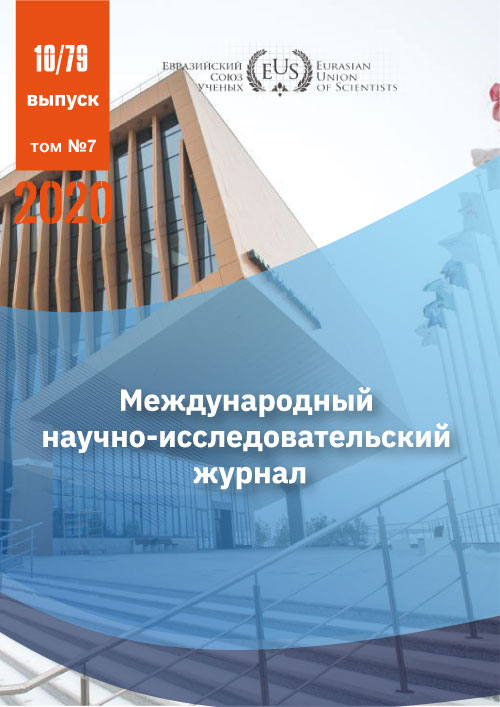NUMERICAL MODELING OF GEOTHERMAL RESOURCES WITHIN OIL-GAS BEARING BULLA-DENIZ STRUCTURE
Abstract
The geothermal energy is a type of heat energy that is stored within the earth, so this heat energy is immense, clean, abundant and reliable. However, currently such energy utilization is limited to only those areas where geological conditions permit to any heat transport substances (hot water, steam etc.) to carry heat from deep horizons to the surface.
From conducted by the authors estimations is proved advantages of CPG (CO2-Plume Geothermal) system using CO2 as a working fluid is compared with CO2 EGS (Enhanced Geothermal Energy) system and traditional water base system. It means that the heat extracted by the CPG system is up to 3 times greater than by the water based system.
Azerbaijan has substantially high geothermal potential for generating electricity approximately 6000 MW. Moreover, though south Caspian Basin (SCB) has low geothermal gradient as low as 1.50C per 100 m. as in Bulladeniz oil and gas deposit, more specifically temperature about 120-1250C have been measured at approximately 6 km, so regardless of the depth, temperature conditions are best for CPG approach. Taking into account the peculiarities of the geological structure of the above-described fields and the geothermal environment of the subsoil, we tried to estimate the potential geothermal energy per ton of sequestered CO2 in the CPG system for the real geological scenario of Azerbaijan. Particularly in the frame of this paper, is explained the numerical modeling for energy potential of Bulla-Deniz deposit using CO2 as a working fluid for production of heat energy. Three different cases with different percentage of parameters involved and the results obtained shows that the net revenue generated by each case is enough feasible for the implementation of SSC (super saturated carbon dioxide) technology.
Using the decision tree analysis, all the challenged factors are evaluated for the estimation of project which suggests that the consequences of outcome of all the cases fall within the estimation range of investment in BullaDeniz field for the production of geothermal energy.
References
Brown, D. 2000. A hot dry rock geothermal energy concept utilizing supercritical CO2 instead of water. Proceedings, (ss. 233-238)
Buryakovsky L.A., Chilingar G.V., Aminzadeh F., 2001. Petroleum Geology of South Caspian Basin. ISBN 0-88415-342-8, Pages 106-112.
Ghanbari E., 2000. Classification and assessment of geothermal resources in Azerbaijan-Iran. Worm Renewable Energy Congress VI (WREC2000).
Linda S. Smith-Rouch, 2006. Oligocene–Miocene Maykop/Diatom Total Petroleum System of the South Caspian Basin Province, Azerbaijan, Iran, and Turkmenistan. Bulletin 2201–I U.S. Department of the Interior U.S. Geological Survey
Randolph, J., & Saar, M. 2011. Coupling carbon dioxide sequestration with geothermal energy capture in naturally permeable, porous geologic formations: Implications for CO2-sequestration. Energy Procedia, 4, 2206-2213.
Pruess K. 2005. ECO2N: A TOUGH2 fluid property module for mixtures of water, NaCl, and CO2, Lawrence Berkeley National Laboratory LBNL-57952; 2005.
Pruess K. 2004. The TOUGH codes — A family of simulation tools for multiphase flow and transport processes in permeable media. Vadose Zone J. 3: p. 738–746.
Pruess K. 2006. Enhanced geothermal systems (EGS) using CO2 as working fluid – a novel approach for generating renewable energy with simultaneous sequestration of carbon. Geothermics; 35: p. 351–367.
SOUTH-CASPIAN BASIN, 2004: Geology, geophysics, oil and gas content. Baku, “Nafta-Press”, 333 p.
CC BY-ND
A work licensed in this way allows the following:
1. The freedom to use and perform the work: The licensee must be allowed to make any use, private or public, of the work.
2. The freedom to study the work and apply the information: The licensee must be allowed to examine the work and to use the knowledge gained from the work in any way. The license may not, for example, restrict "reverse engineering."
2. The freedom to redistribute copies: Copies may be sold, swapped or given away for free, in the same form as the original.







